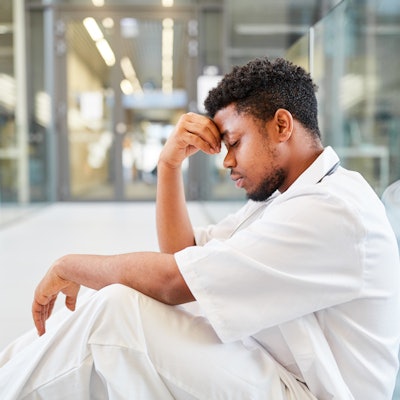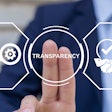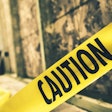
Small acts of self-care can protect radiologists from burnout, even in the face of the additional stress caused by the COVID-19 pandemic, according to an opinion published online March 24 in the Journal of the American College of Radiology.
These "micropractices" can be easy to incorporate into the regular patterns of work life, wrote Dr. David Fessell, a radiologist at the University of Michigan Medical School in Ann Arbor, and his coauthor, Cary Cherniss, PhD, of Rutgers University in New Brunswick, NJ.
"With COVID-19, the demands and stresses on radiologists and physicians have increased dramatically," the pair wrote. "Even prior to this pandemic the high prevalence of burnout, the complex causes, and critical consequences have been widely reported ... The need for effective strategies and tools is only increasing as both individuals and institutions navigate the current anxiety and uncertainty."
Fessell and Cherniss offered radiologists four easy-to-use tools for managing stress and boosting emotional wellness.
Try to be mindful during daily activities. When washing hands or logging into the PACS or electronic health record, focus on your breathing, or use the moment to check in with yourself: Are you hungry, emotionally strained from the last patient encounter? "Quick micropractices like these are potentially possible even for the busiest radiologist," Fessell and Cherniss wrote.
Name emotions. "When I notice that I'm feeling 'upset,' is it anger? Concern? Exhaustion? Such naming aids self-awareness and self-management," the pair wrote. Functional MRI has shown that naming emotions can shift brain activity from the emotional center of the brain, the amygdala, to the "higher order thinking" center, the prefrontal cortex, the two noted.
Focus on the positive. Write down three things you're grateful for several times per week. Start meetings by affirming colleagues' efforts. "Clearly many good things are happening in the midst of all the stress and swirl -- the dedication of so many, kindness and consideration for those most at risk, and emotional support," the authors wrote. "To help us survive, our minds are biased to notice risks and danger; consciously noticing the good can help bring balance and calm."
Take some deep breaths. Breathing from the diaphragm can reduce stress, according to Fessell and Cherniss. Inhale deeply through the nose, expanding the lungs downward, rather than inhaling using the abdomen or ribcage alone, then exhale slowly through the mouth.
These tools are relatively easy to incorporate into daily life, but they aren't intended to substitute for professional help if it's needed, the authors noted.
"These micropractices are not advocated as prescriptions for treating burnout and they will not extinguish the stress and anxiety of COVID-19," they wrote. "Individuals experiencing burnout should seek professional help. These practices are intended for strengthening burnout prevention and for adding a bit more wellness ... they are intended to build personal resources; they are potential tools in an individual's 'wellness toolbox.' "



















